IHSS Autism. Everything You Need to Get Approved
In this post you will read about IHSS Autism. Everything You Need to Get Approved.
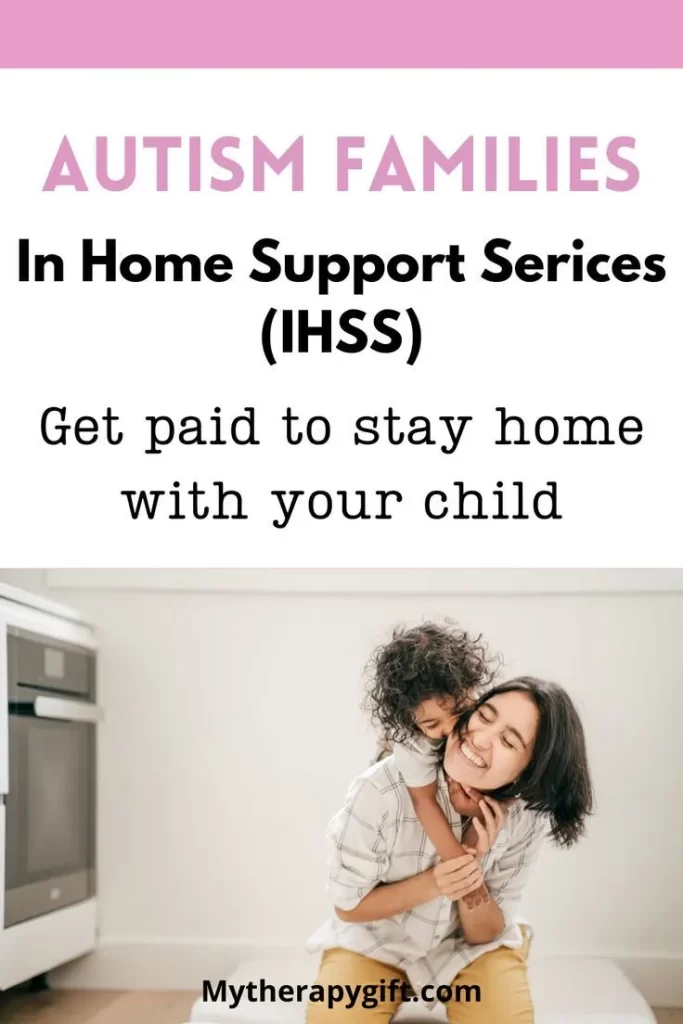
As a mom to an autistic child, I had to stop working in order to dedicate myself full time to taking care of my son.
It’s a new life of going to endless doctors appointments, therapy sessions, evaluations, and the list goes on.
That’s where In-Home Supportive Services (IHSS) Program comes in, it can provide that much-needed assistance.
Whether you’re just learning about IHSS or have already started the application process, this guide will walk you through everything I did to get approved on the first try.
If you live in the state of California and have a child with autism and are wondering if this program is a good fit for you, keep reading. Let’s dive in!
This post may contain affiliate links which means I may receive a commission for purchases made through links (at no extra cost for you). As an Amazon Associate I earn from qualifying purchases. Learn more on my Private Policy & Disclaimer page.
What Is IHSS
Understanding IHSS and Its Benefits for Autism Families
In-Home Supportive Services (IHSS), is a California program that offers financial assistance to pay for care at home.
This care can include help with daily activities like bathing, dressing, meal preparation, and even transportation to medical appointments.
For families with autistic children, IHSS can be a game-changer.
The IHSS Program is not specifically created for autism only, but many autism parents use the In-Home Support Service as a way to stay home or pay someone to be able to take care of their autistic child.
“IHSS is a program that is available to support children who have a disability and need assistance to remain safely in their own home.” (Department of Social Services)
Think of all the little (and not so little) things you do each day to support your child.
IHSS can cover many of those tasks, especially when your child’s needs go beyond what’s typical for their age.
For example, my son requires constant supervision due to safety concerns and has difficulty with self-care tasks.
With IHSS you are able to hire someone to assist with those task or you can choose to hire yourself.
This is what I did, and therefore I’m able to stay home and take care of him.
IHSS Supportive Services vs Protective Supervision
These two things are not the same.
The fact that your child may qualify for IHSS does NOT mean they will automatically qualify as well for Protective Supervision.
They are different things and require different paperwork and forms to be filled.
The difference between IHSS Supportive Services and Protective Supervision can be a bit confusing, but once you break it down, it makes a lot more sense.
IHSS Supportive Services
Cover a wide range of tasks that help someone with a disability live more independently.
These services include things like help with bathing, dressing, meal preparation, laundry, and even transportation to medical appointments.
Think of Supportive Services as the day-to-day tasks that a person might struggle with due to their disability.
For example, my son has developmental delays: such as needing assistance getting dressed, brushing his teeth, going to the restroom, cleaning himself, and so on. And so he was approved for IHSS hours.
Protective Supervision
Is a more specialized service within IHSS.
It’s specifically for individuals who need constant supervision because they’re at risk of harming themselves or others due to their cognitive impairments.
This service is crucial for children with autism who might engage in behaviors that put them in danger, like wandering off, playing with unsafe objects, or not recognizing risky situations.
Protective Supervision is there to make sure someone is always watching over them in order to prevent accidents or harm.
In my sons case, he qualified for protective supervision because he has no “stranger danger”, has no danger awareness, elopes, among other things. So I have to be always with him.
IHSS And Medi-Cal
According to the Department of Social Services website, the eligibility criteria for all IHSS applicants and recipients are the following:
- You must submit a completed Health Care Certification form.
- You must also be a California resident.
- You must have a Medi-Cal eligibility determination.
- You must live at home or an abode of your own choosing (acute care hospital, long-term care facilities, and licensed community care facilities are not considered “own home”).
What Happens If You Do Not Have Medi-Cal?
There is the “Home and Community-Based Services” (HCBS) Waiver.
According to the Department of Developmental Services,
To benefit from the HCBS Waiver, you or your family member must meet three conditions:
- You must have a formal diagnosis of intellectual disability or developmental disability and be a Regional Center consumer,
- You must undergo an evaluation that determines a level of care based on your disabilities that would be available in a licensed health care facility for people with an intellectual disability, and
- You must have “full scope” Medi-Cal eligibility – either through your own, your family’s eligibility or, if you are under the age of 18, through something called “Institutional Deeming”
“Institutional Deeming is a special Medi-Cal eligibility rule that considers only the personal income and resources of a person under the age of 18 or a married adult who is otherwise eligible for the Waiver. This allows a person who meets the criteria above to be determined as eligible for Medi-Cal regardless of his or her parent’s or spouse’s income and resources.” (Read more)
IHSS Protective Supervision Hours.
This depends on your Notice Of Action.
It will tell you under which of the 4 programs that make IHSS you have been placed according to the documents you filed and the evaluation that was conducted by your case worker.
As a general rule: “Non-severely impaired individuals can receive up to a maximum of 195 hours a month when receiving Protective Supervision. Severely impaired individuals receive 283 hours per month.” (DRC)
Therefore the 195 max hours for Protective Supervision is an estimate, and if you qualify for other support services your case worker will add those as well.
For example: my son qualified for protective supervision for non-severely impaired individuals AND IHSS hours due to his developmental delays. Making the total more than 195 hours.
IHSS Hours And How To Maximize Them
To learn more about your IHSS hours and how to maximize the amount you may qualify for read this blog post: What You Need To Know To Receive Maximum Hours For IHSS
How To Request IHSS and Protective Supervision
1. Make The Call
You can start this process by contacting your local county IHSS office.
They’ll guide you on how to submit your application and you will have to provide a description of your child’s needs. In other words, why you want to apply.
Making this call should be your first step because it will determine your “start date”. Making it the date from which you will receive all your back pay.
Let’s say you made the call on the 5th of January but get approved in April, you will receive backpay dating back to the 5th of January.
2. Doctor Visit

Once you called and established your “start date”, the next thing to do is set up an appointment with your child’s pediatrician.
He/she is going to have to sign some forms.
Form SOC873- IN-Home Supportive Services (IHSS) Program Health Care Certification Form
Form SOC873 – IN-HOME SUPPORTIVE SERVICES (IHSS) PROGRAM HEALTH CARE CERTIFICATION FORM
This is the Form you need your pediatrician to sign for IHSS services.
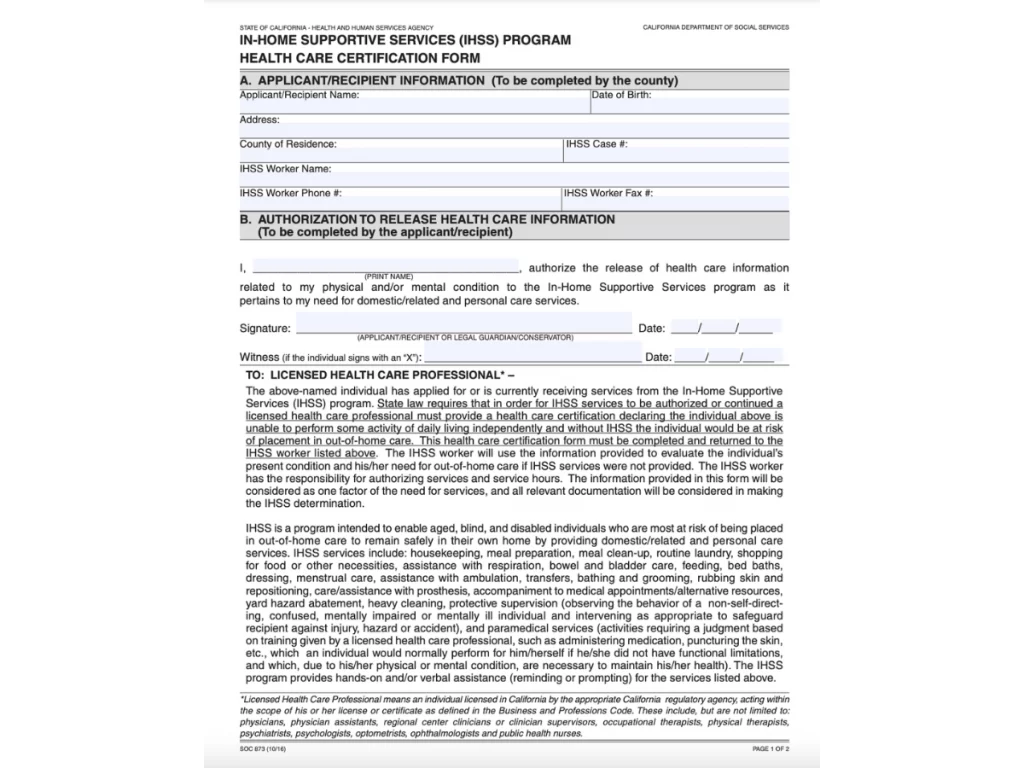
Form SOC821 – Assessment Of Need For Protective Supervision For In-Home Supportive Services Program
Form SOC821 – ASSESSMENT OF NEED FOR PROTECTIVE SUPERVISION FOR IN-HOME SUPPORTIVE SERVICES PROGRAM
This is the Form you need your pediatrician to sign for Protective Supervision services.
3. Request Letters & Additional Information
Start creating a folder with all the documentation you will need.
IEP – Individualized Education Program

If your child has an IEP, add it to the folder.
It’s a great way to show his/her goals and is a tool the social worker can use to better grasp your child’s needs.
For example: in my sons case one of his IEP goals was to help him be able to say his name. This is also one of the reasons why he needs Protective Supervision, since if he were to get lost, he has no way of telling others who he is, where he lives, or a phone number. Something he should be able to do at 6 years old.
Letter From The Therapist

If your child is going to therapy: speech therapy, occupational therapy, ABA, school psychologist, anything at all, ask them to help.
A letter from your child’s therapist. where they can detail the goals they are working on, is a great thing to add to the folder.
In my case: I asked my sons speech therapist (SLP) to add a letter detailing the goals they were working on and the results of his speech comprehension evaluation. All of it showing delay and the need to be supervised.
4. Injury Log & Coverage Plan Log

Injury Log
This is a detailed description of your child’s behaviors demonstrating the need for support services and protective supervision.
“A person does not have to suffer actual injury to be eligible for Protective Supervision, but only have a history of a propensity for placing him/herself in danger.” (Department of Social Services)
Does your child climb on furniture? do they elope? cross the street without looking? do they get near water and don’t know how to swim? Write it down.
I divided my sons Injury Log into three sections:

1. Reasons For The Request:
My son is unaware for danger, minimally speaking, and is developmentally delayed. And gave a brief example of each behavior that would “show” this.
2. Description Of Every Action My Son Has Taken That Might Cause Injury, Or Has Put Him At Risk Of Injury Or Harm:
Here I went into DETAIL of every action he has done.
For example:
(Reason) Lack of safety awareness, will leave with strangers. (Example) Will leave with a stranger that takes his hand. Does not have “stranger danger”. Would let a stranger in the house or get in the car with a stranger.
3. My Son Has Not Had An Accident Or Put Himself In A Dangerous Situation Recently Due To The Fact That He Is Watched 24 Hours A Day By One Of His Parents:
I give a detailed description of the steps we have put in place to keep him safe.
For example:
Having the gate closed at all times to prevent him from wondering out of the property. Placing a fence around the pool. Moving furniture out of the common rooms he is in so we can’t climb on them.
Form SOC825 – Protective Supervision 24-Hour-A-Day Coverage Plan Log
This is a Parent Form where you include a detailed description of what you do with/for your child and how you keep him/her safe.
I added time stamps as a way to describe what a week in my sons life looks like. You have to include everything.
Do you brush his teeth? include it. Do you buckle his seat belt? tie his shoe laces? spoon feed him? lock all the doors? close the gates? share a room because he might elope? stay awake with him at 3 am because he woke up? Write down EVERYTHING.
The more detailed the form is the better the social worker can understand your individual case and how many HOURS you dedicate to these tasks.
Don’t be discrete, you’re already doing the work.
Help them be able to recognize the amount of time you put in.
5. In-Home Assessment

An IHSS social worker will schedule an in-home assessment.
This can be a nerve-wracking experience, but it’s important to remember that the social worker is there to understand your child’s needs better.
During the assessment, the social worker will ask questions about your child’s daily routine, their abilities, and the level of care they require.
Be honest and clear about the challenges your son faces. Focus on HIM and HIS behaviors. Don’t talk about how you are tiered and it’s hard. Give examples of what HE does. It’s about him/her.
Mention everything.
This is crucial for qualifying for services like Protective Supervision. Does he/she elope? climb furniture? Any actions that put him/her in danger?
When documenting these incidents, be as specific as possible.
For example, instead of writing “My child wandered off,” describe the situation in detail: “On [date], my child left the house without notice and was found three blocks away by a neighbor. This was the third time this month.”
In my case: the worker was very friendly. She tried to interact with my son, ask him a few questions. And then we proceeded to answer all the questions with regards to my child, his behavior, his needs, and any additional information she might need.
IHSS And Protective Supervision Approval Process

Once you’ve submitted your request for Protective Supervision, the approval process can take some time.
But if you follow my step by step you should have more than enough to get approved on your first try.
Getting Denied
If your request is denied, don’t be discouraged. Many families successfully appeal denials by providing additional evidence.
There are those that say they got denied due to their child’s age, in that case appeal! Don’t give up!
You know your child.
Social Media Help

TikTok and Facebook are great places to get additional FREE advice from other parents who have gone through the process.
Personally I used TikTok and followed the instructions from the official IHSS and anything I could find online.
Here are a few examples:
- Department of Social Services (CDSS)
- In-Home Supportive Services Protective Supervision
- Protective Supervision Clarifications
- Disability Rights California
Follow Me On TikTok
If you have any questions or just want to learn more about my AuDHD- Motherhood journey & resources … join in 😀
In this post you have read about IHSS Autism. Everything You Need to Get Approved.

To Summarize
Getting approved for IHSS, especially Protective Supervision, can feel like an uphill battle, but it’s a battle worth fighting.
The support you receive can make a significant difference in your family’s quality of life.
Remember, you are your child’s best advocate.
By staying informed, organized, and persistent, you can ensure that your child receives the care and support they deserve.
If you’re just starting the process, take a deep breath and dive in. I’be been there!
Reach out to your local IHSS office, connect with other parents, and start gathering the necessary documentation.
And remember—you’re not alone in this journey. You got this!
Start with the call and getting that start date!
Other Posts You Will Love
- What You Need To Know To Receive Maximum Hours For IHSS
- 7 Failproof Ways to Complete Your IHSS Timesheet
- How To Claim IHSS Sick Leave. Tips You Need To Know.
- Best Self-care Tips to prevent Autism mom Burnout you will love
- Books for parents about autism to better understand your child
- 28 Best gifts for kids with autism they will love



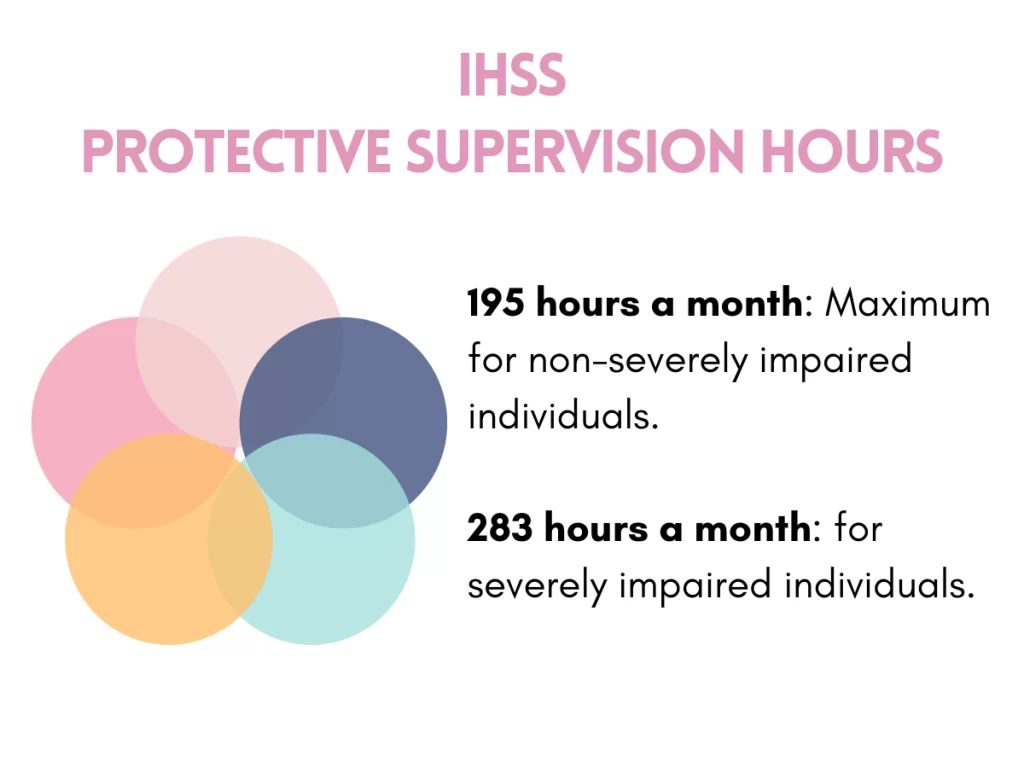

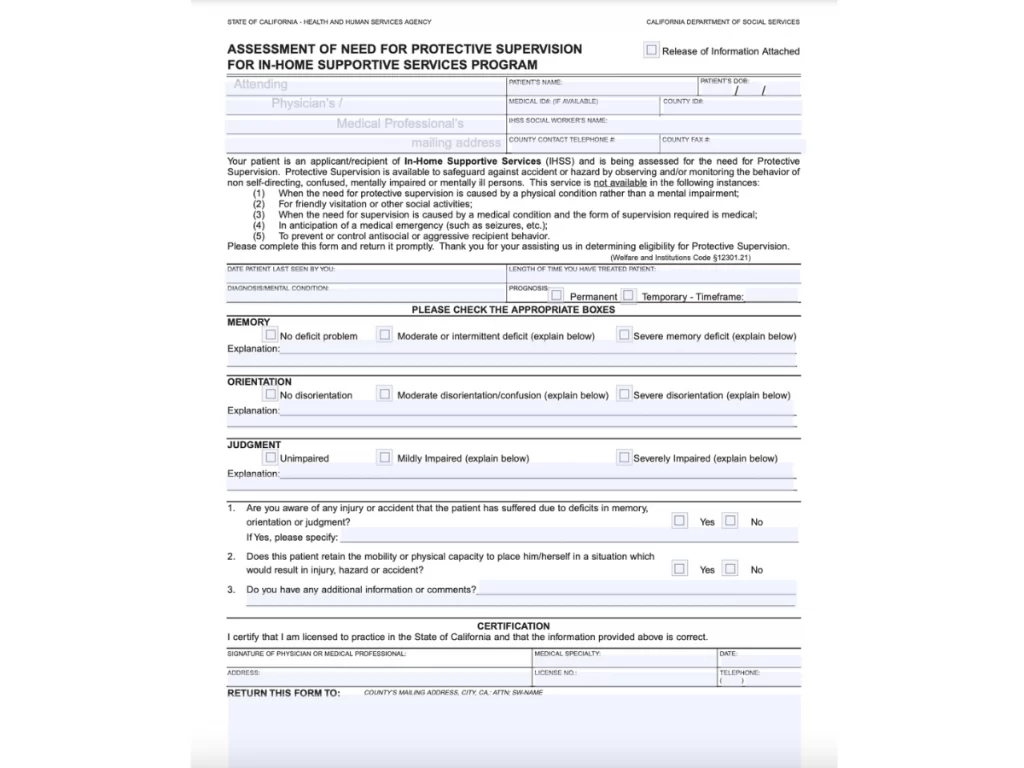

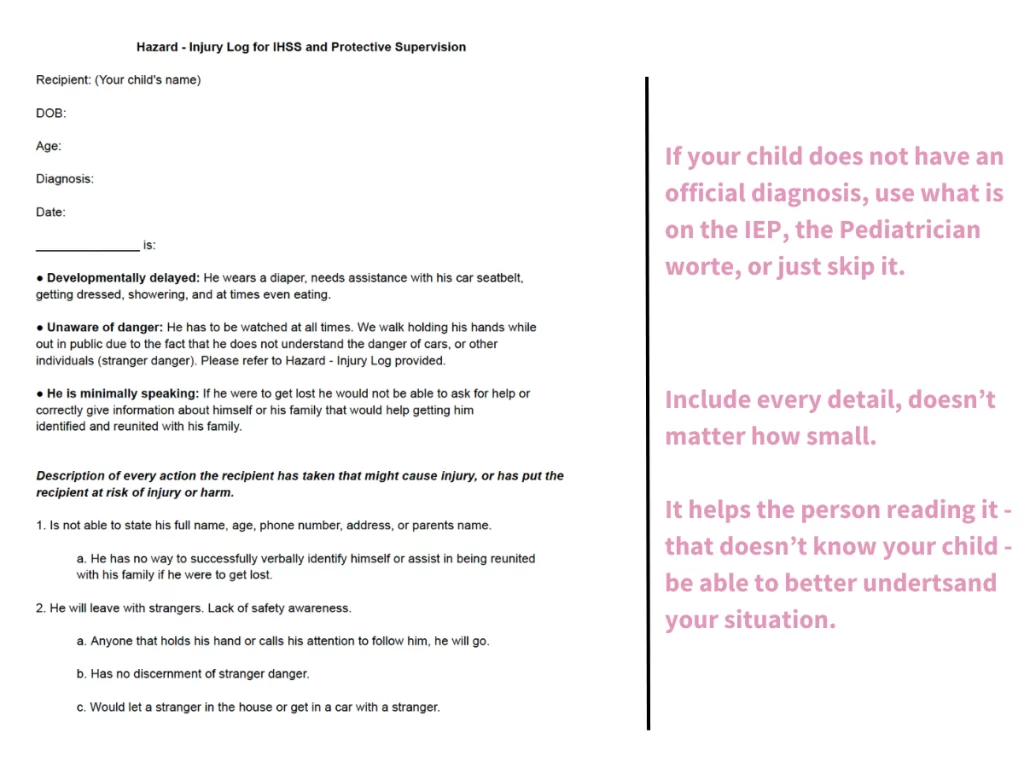
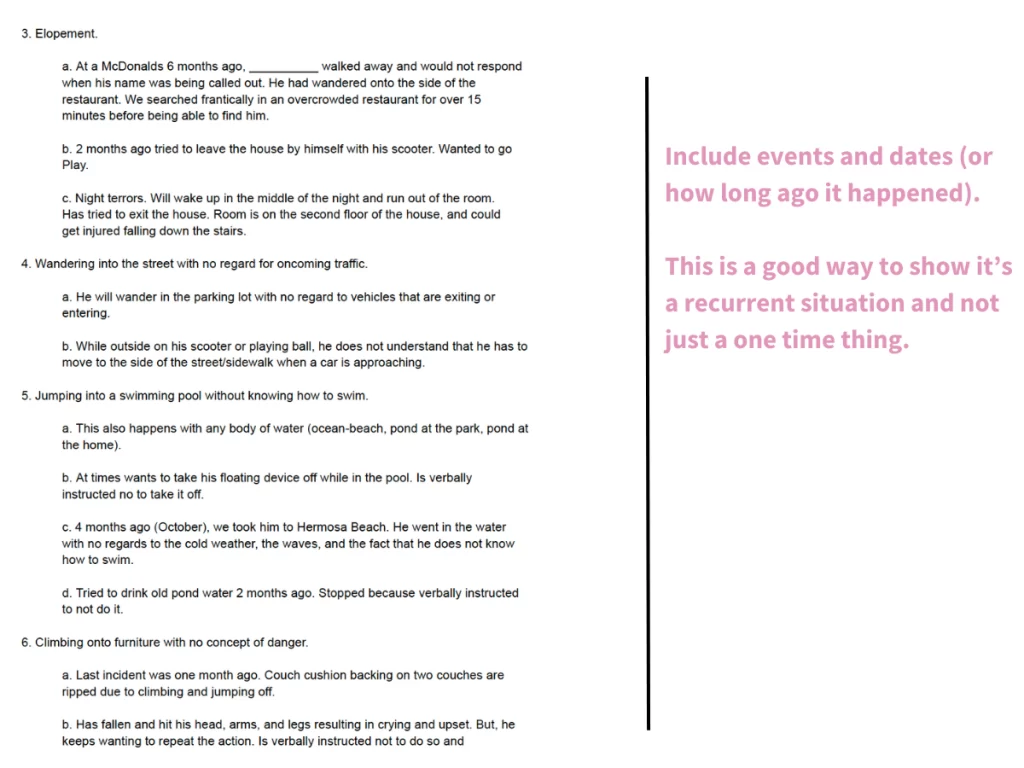
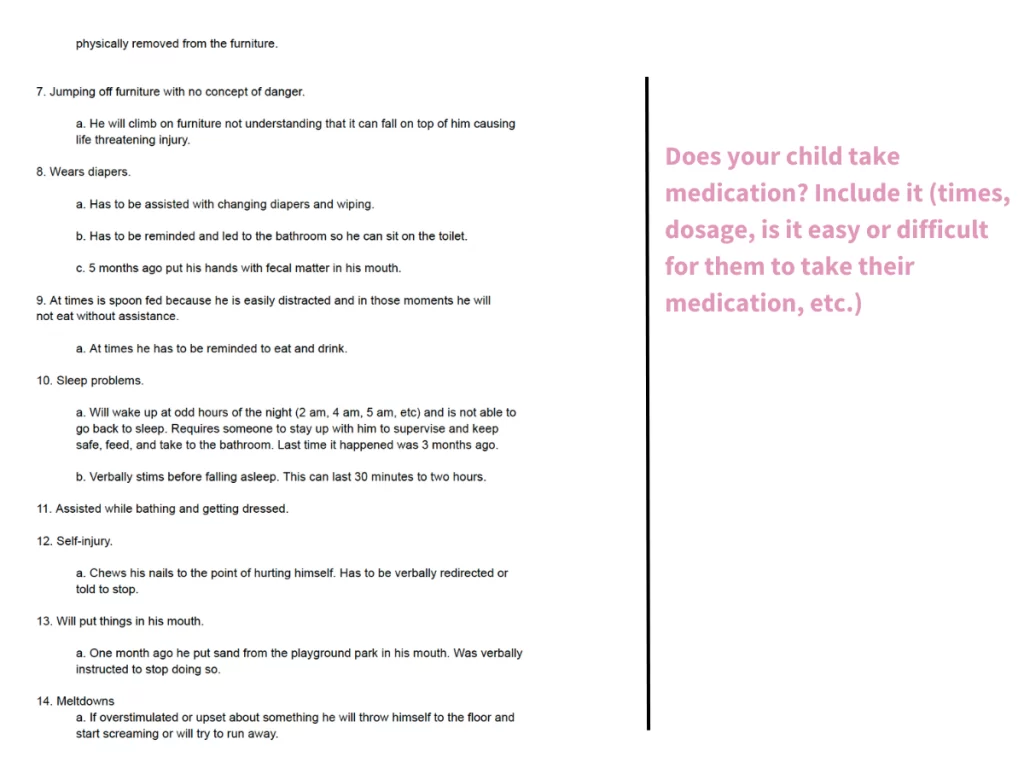
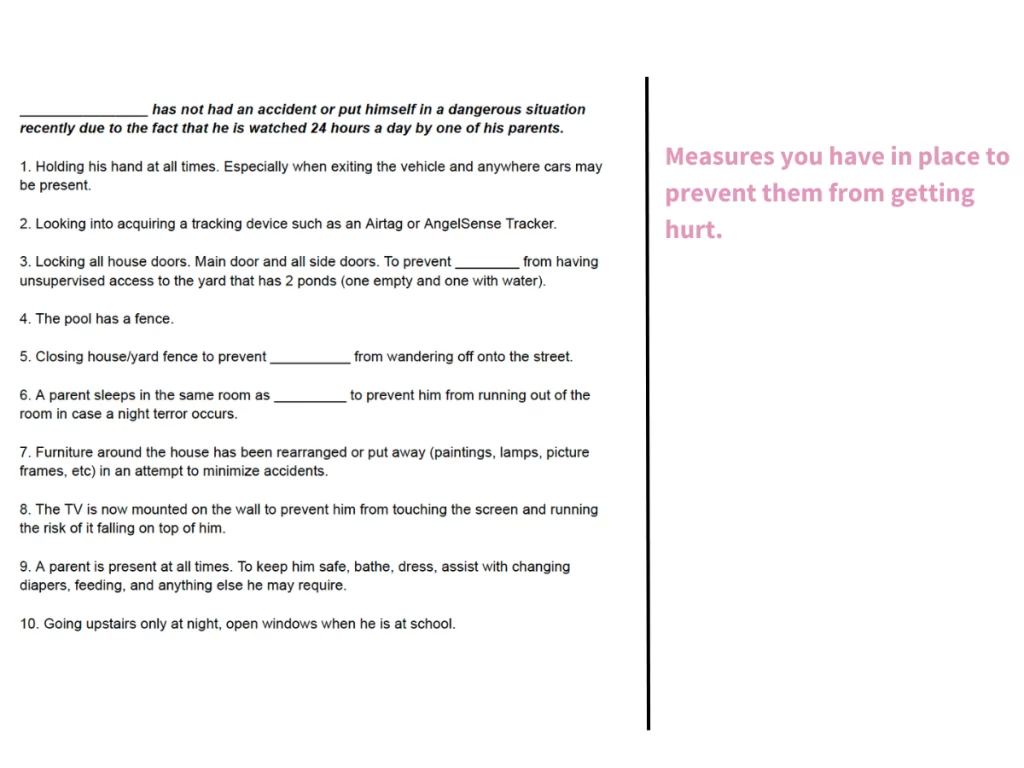

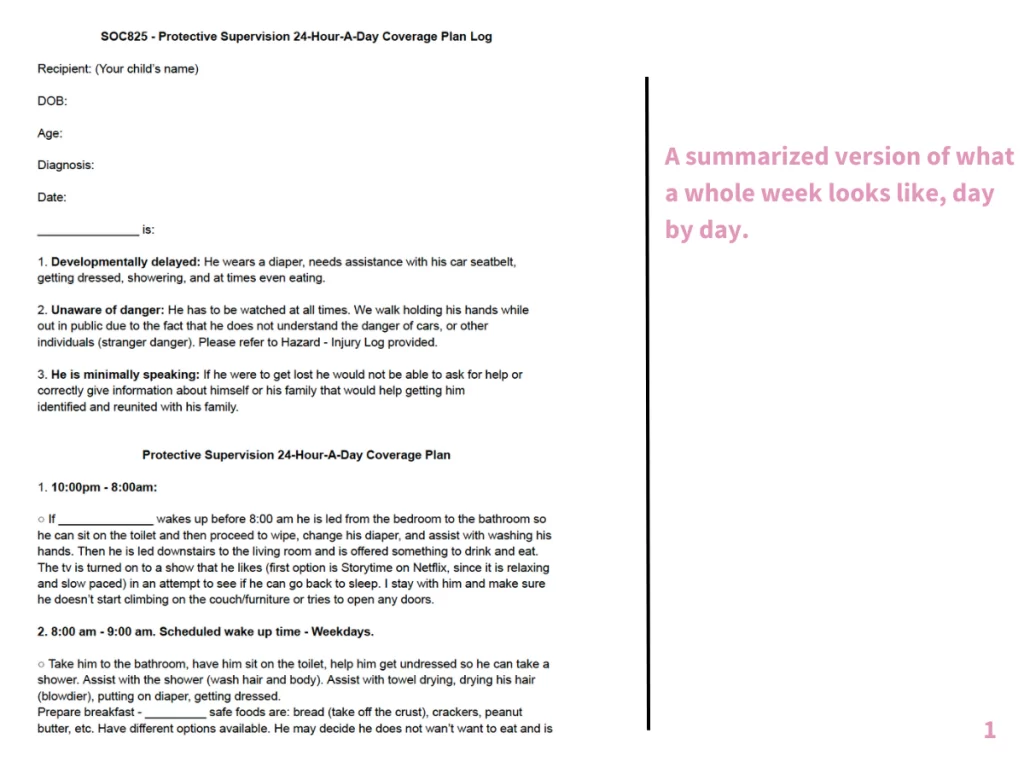

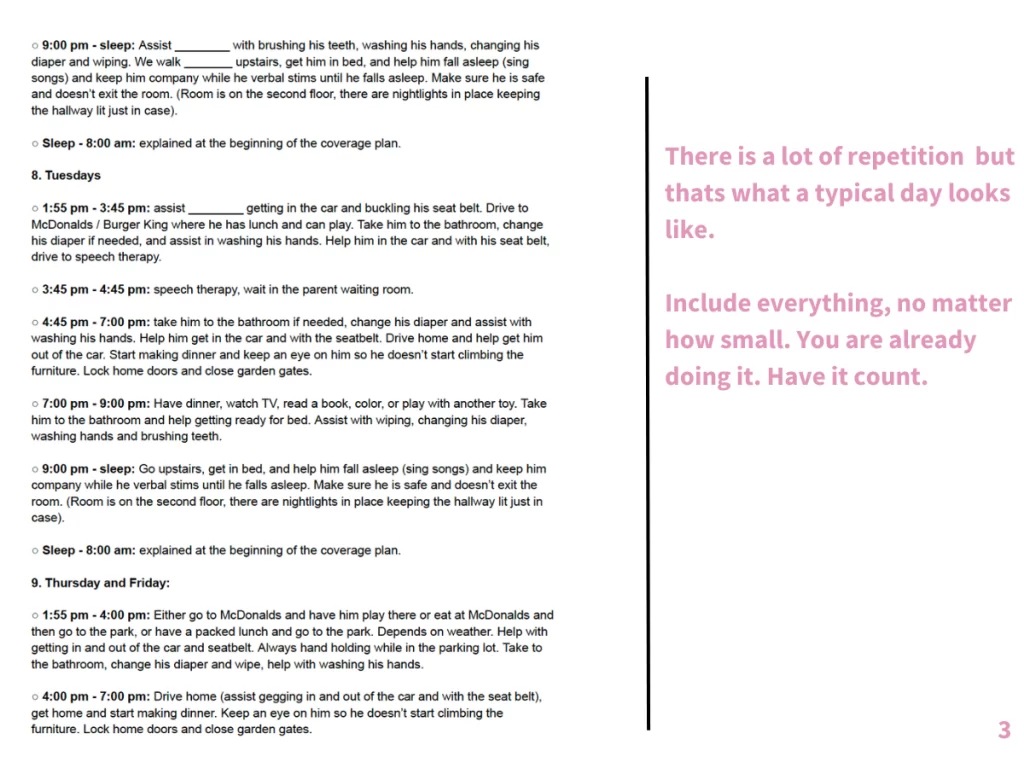
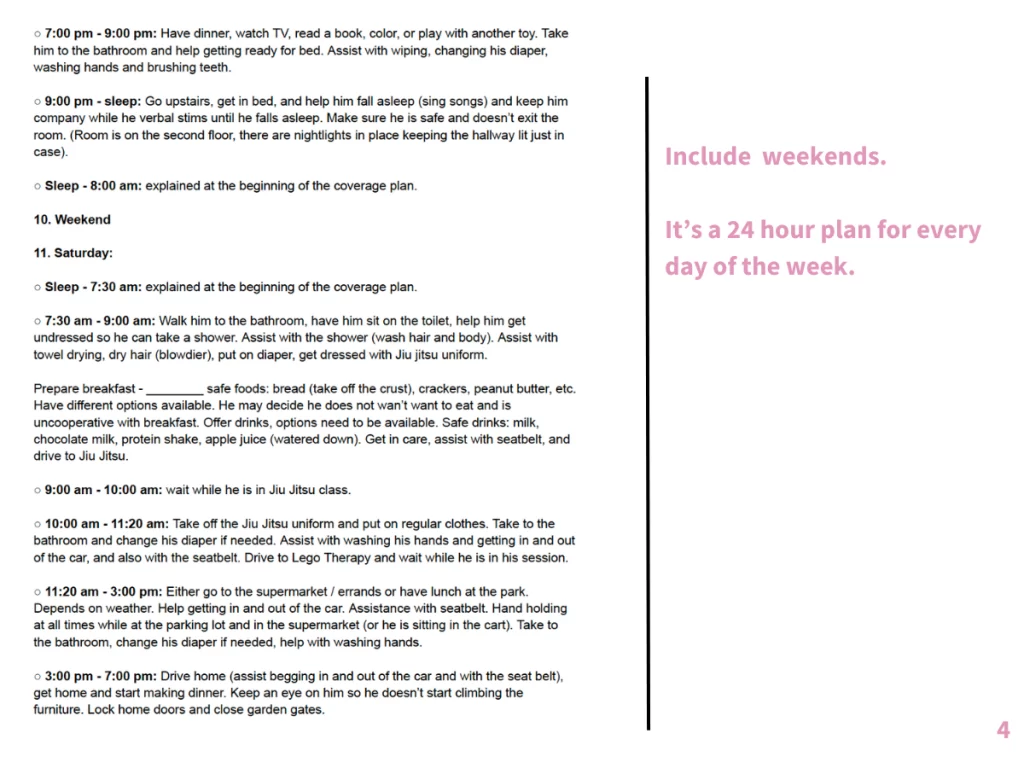
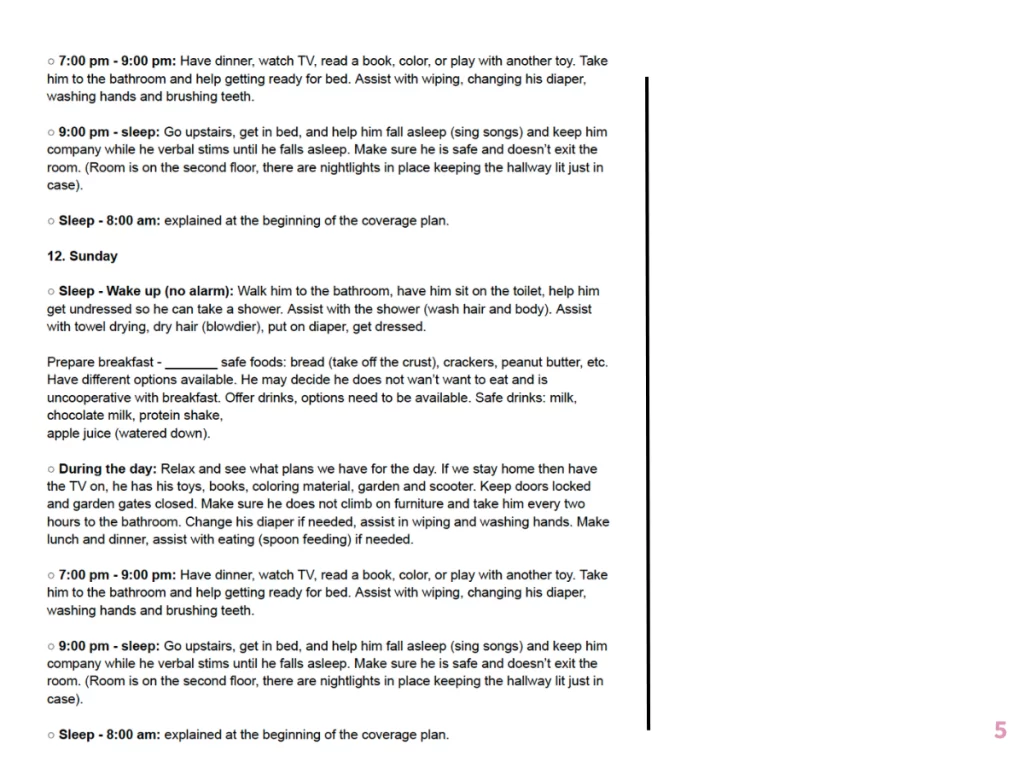
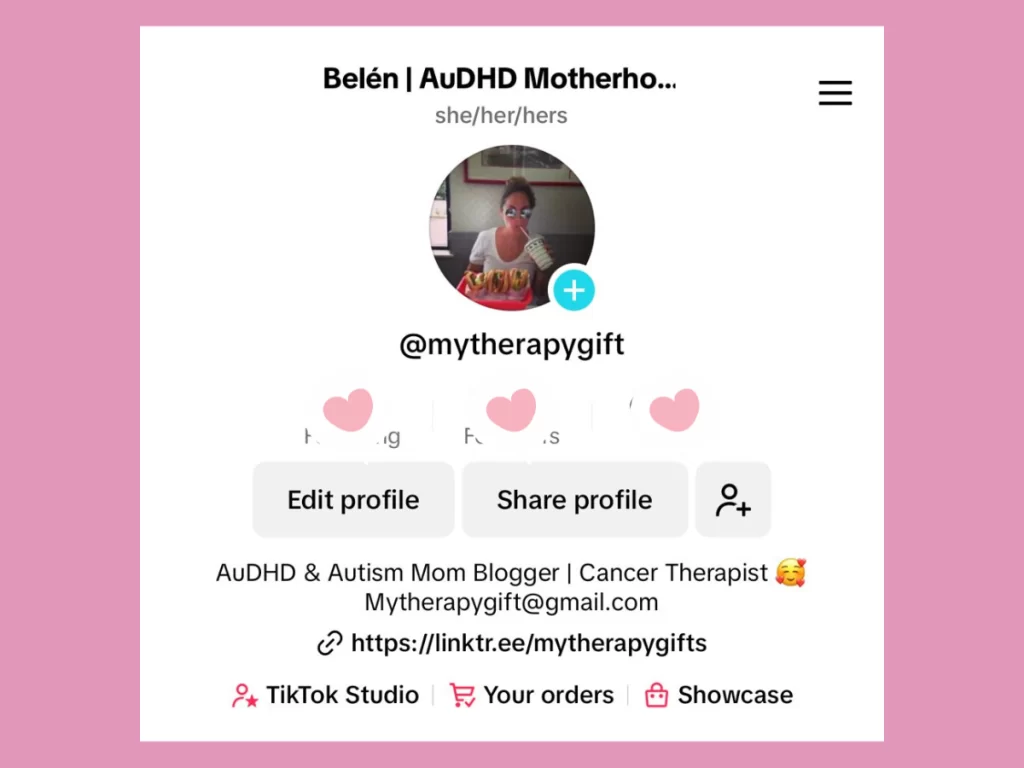
Leave a Reply